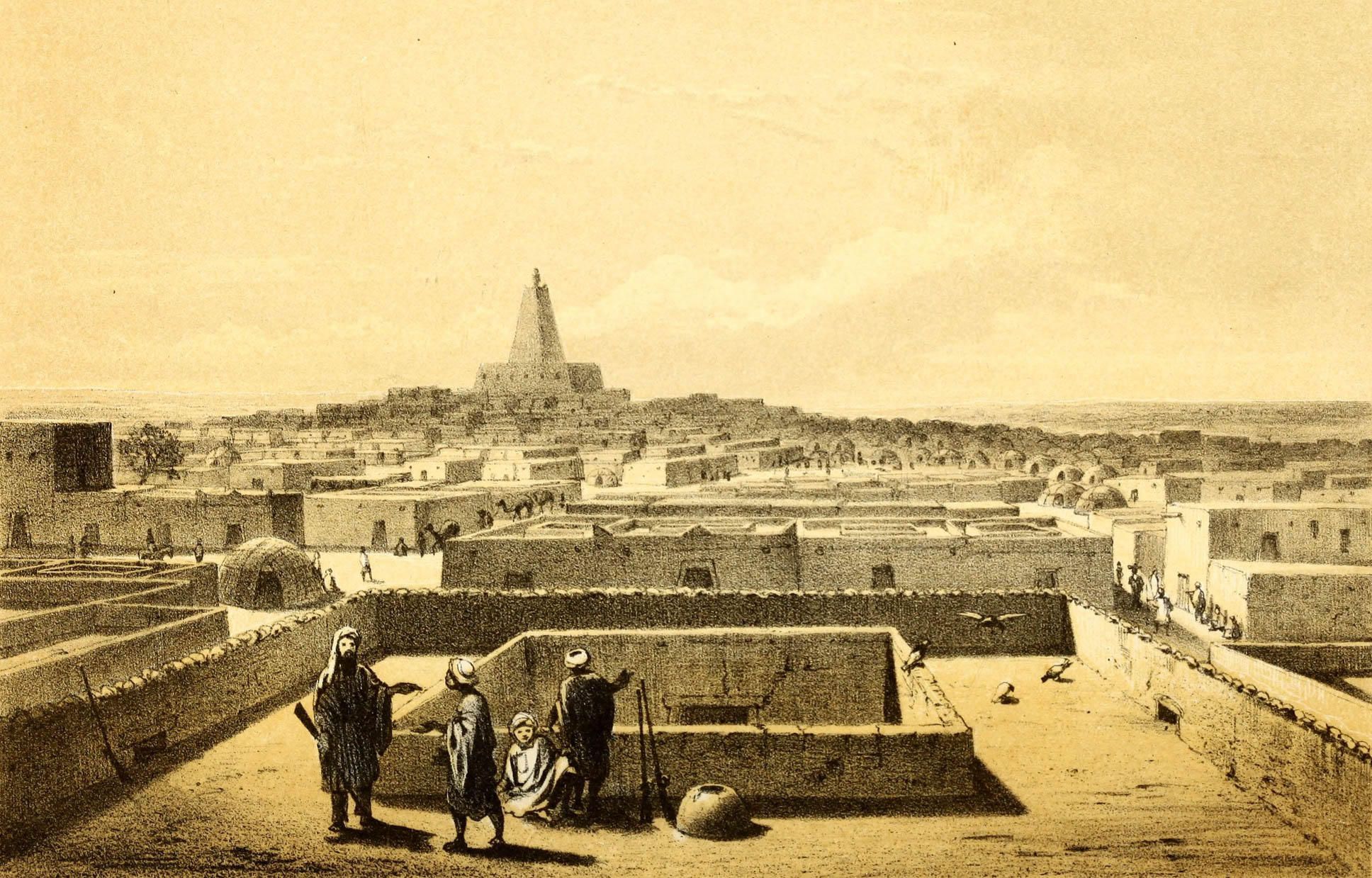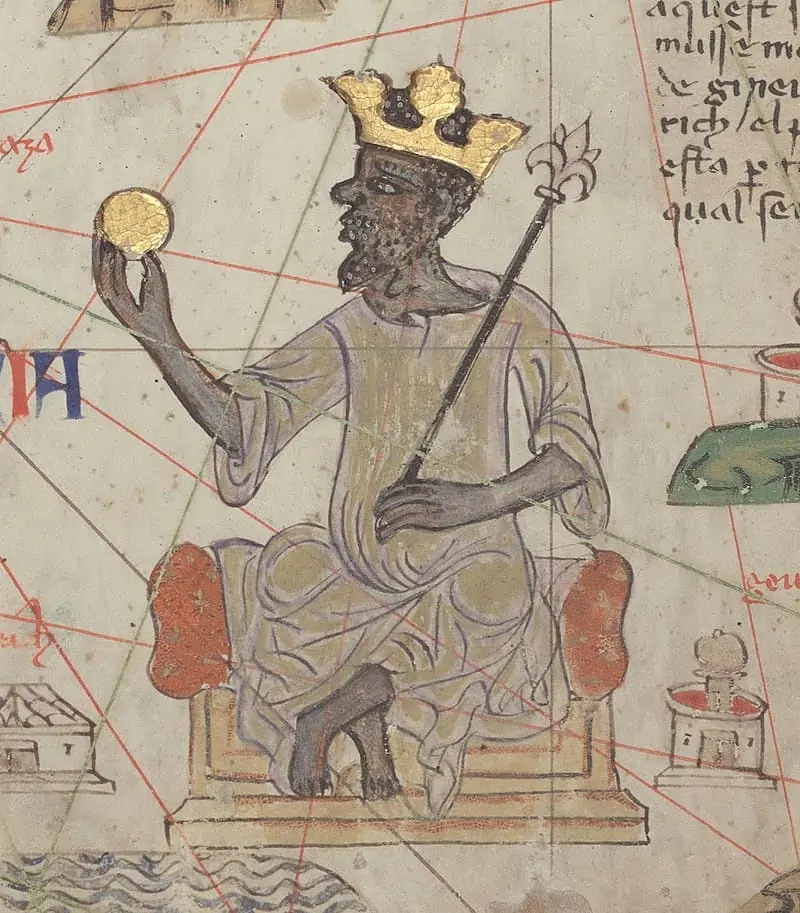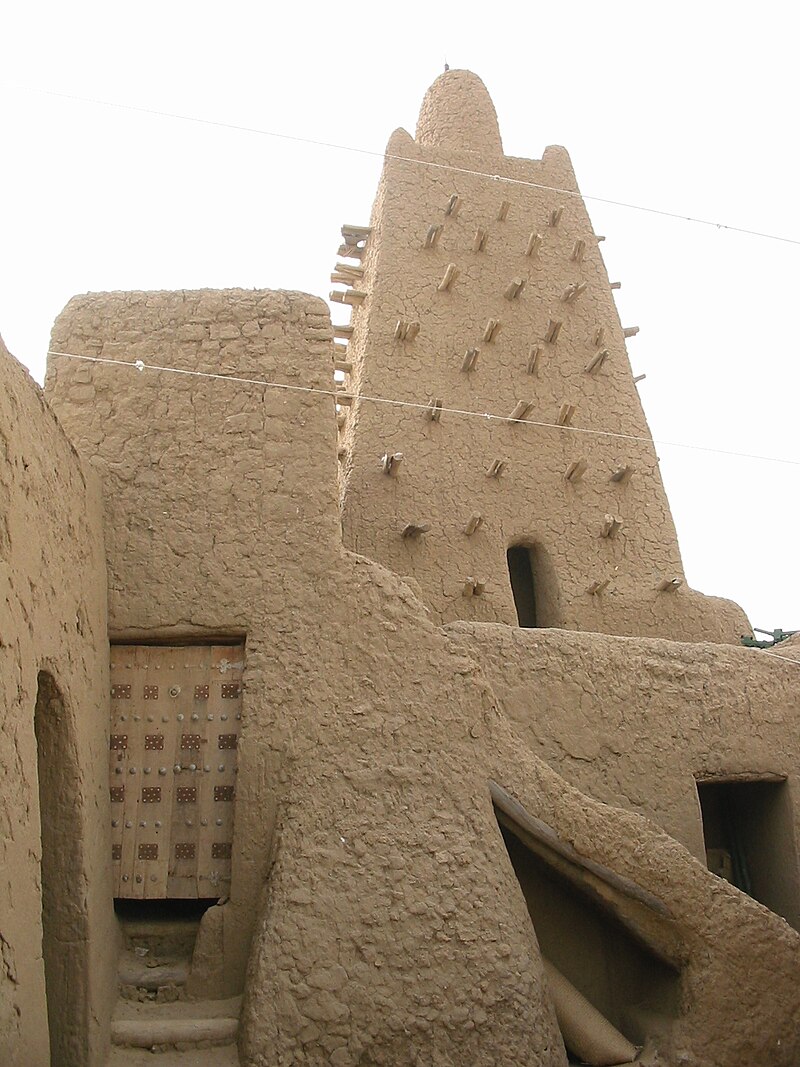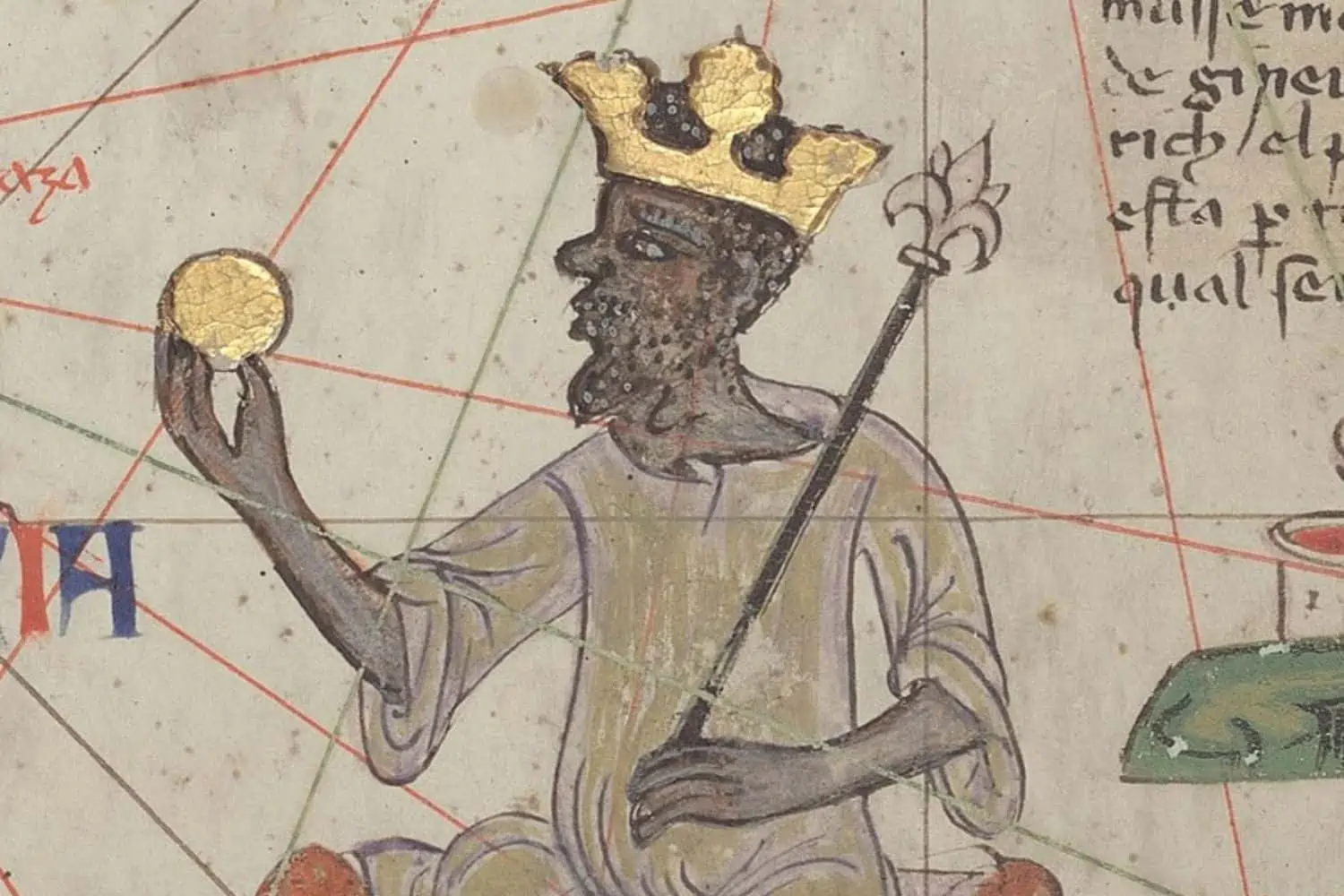Known as the wealthiest human to have ever lived, Mansa Musa – also known as Musa I of Mali – was the ruler of Mali and made history by developing cities into “sophisticated centres of learning in the Islamic world”.
Musa’s devotion to his pilgrimage to Mecca, also known as hajj, made him well known across Northern Africa and the Middle East. He saw Islam as “an entry into the cultured world of the Eastern Mediterranean”.
The Kingdom of Mali
Mansa Musa was the ninth Mansa of the Mali Empire and created one of the most powerful kingdoms in history in the West African States. He reigned from 1312 C.E. to 1337 C.E.
The ancient kingdom of Mali consisted of parts of the following modern-day countries:
- Mali
- Senegal
- The Gabia
- Guinea
- Nigeria
- Chad
- Mauritania
- Burkina Faso
When Mansa Musa took inherited the kingdom from Abu Bakr II, it was already wealthy, however, his work in expanding trade made Mali the wealthiest kingdom in Africa.
Most of the emperor’s riches came from mining significant salt and gold deposits in the kingdom and elephant ivory.

Mansa Musa’s pilgrimage to Mecca
As Musa was so devoted to his religion, it was extremely important when he went on a pilgrimage (hajj) to Mecca in 1324 C.E. And his journey was definitely historic.
On his way to Cairo, it is said that Mansa Musa travelled on horseback and was accompanied by an “impressive caravan” that consisted of 60 000 men. This included a personal retinue of 12 000 persons. All were dressed in brocade and Persian silk.
The emperor was further preceded by 500 enslaved persons, each carrying a gold staff, as well as 80 camels, each one carrying 300 pounds (136kg) of gold.
And so, no matter where Musa went, his generosity and his devotion, combined with the fine clothes and exemplary behaviour of his followers, never failed to impress.
The stories of Musa’s amazing wealth even travelled across to Europe, and in 1375 C.E. Spanish cartographers created the Catalan Atlas. On the atlas, West Africa is shown dominated by Mansa Musa, sitting on a throne, holding a piece of gold in one hand and a golden staff in the other.
After the atlas, Mansa Musa became the reference to a figure of “stupendous wealth“.

What Mansa Musa left behind
When Musa returned from Mecca, he started rebuilding cities in his kingdom. And thanks to Musa, cities like Timbuktu and Gao developed into important cultural centres. He also brought architects from the Middle East and Africa to design new buildings for his kingdom.

Mansa Musa died in 1337 C.E. and was succeeded by his sons. His “skilful administration” left the kingdom well-off at the time, but sadly, the empire eventually fell apart.
Even in the 21st century, Mansa Musa still remains a global symbol of fabulous wealth and is still admired for his devotion to his faith and promotion of scholarship and culture in Mali.
